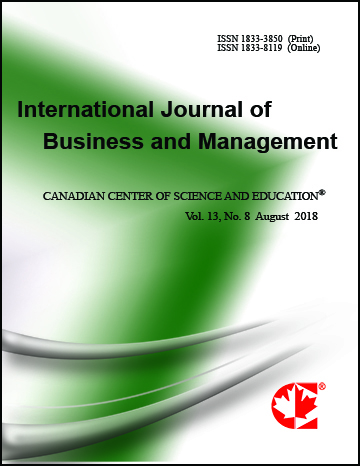Walmart Navigates Tariff Uncertainty
- Arthur Kraft
- John Kraft
Abstract
Walmart adjusted its expected earnings after the 2025 tariff announcement. Walmart discount stores sourced considerable product from outside the domestic market.
The retailer wanted to “maintain flexibility” once tariffs of 10% to 100% became effective. Walmart expected sales growth of up to 4% for the year.
Despite uncertainty about tariffs and the economy, Walmart was confident of share gains as prices accelerated.
Walmart’s stock gained 3%, a sign that investors believed Walmart would manage tariffs. Even as tariffs raised their costs, Walmart gained market share against competitors, especially the deep discounters outside of the US.
Walmart’s scale and supplier base prepared it for economic volatility.
In the United States Walmart locally sourced its grocery supply chains. While many of Walmart’s discount store items were sourced from around the world, Walmart had the flexibility of quickly shifting suppliers to circumvent trade barriers, natural disasters, or geopolitical tensions. The current wave of U.S. tariffs applied to every country. Flexibility still existed because Walmart operated 10,585 stores and clubs in twenty-four countries with supply chains for each of these locations. Even though tariffs on Chinese goods were 145%, the tariffs on goods from India were only 27%. Similar differences existed for other counties. The costs were higher, but still cheap relative to tariffs on imports from other countries. If necessary, Walmart could shift from its Chinese suppliers to its India suppliers or those from other countries.
The global nature of Walmart’s operations gave them options over domestic competitors. This allowed Walmart to navigate the tariffs without significant disruptions. Walmart was better prepared to protect its supply chains. Even though Walmart was positioned to navigate through the tariffs, consumers were destined to pay higher prices for items. However, the prices were lower than those of their competitors.
- Full Text:
 PDF
PDF
- DOI:10.5539/ijbm.v20n4p41
Journal Metrics
Index
- ACNP
- AIDEA list (Italian Academy of Business Administration)
- ANVUR (Italian National Agency for the Evaluation of Universities and Research Institutes)
- CNKI Scholar
- EBSCOhost
- EconPapers
- Electronic Journals Library
- Elektronische Zeitschriftenbibliothek (EZB)
- Excellence in Research for Australia (ERA)
- Genamics JournalSeek
- IBZ Online
- IDEAS
- iDiscover
- JournalTOCs
- Library and Archives Canada
- LOCKSS
- MIAR
- National Library of Australia
- Norwegian Centre for Research Data (NSD)
- PKP Open Archives Harvester
- Publons
- Qualis/CAPES
- RePEc
- ROAD
- Scilit
- SHERPA/RoMEO
- WorldCat
- ZBW-German National Library of Economics
Contact
- Stephen LeeEditorial Assistant
- ijbm@ccsenet.org
